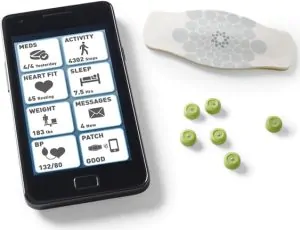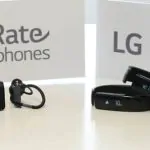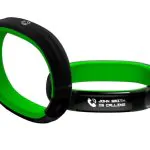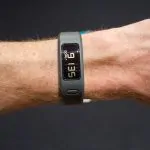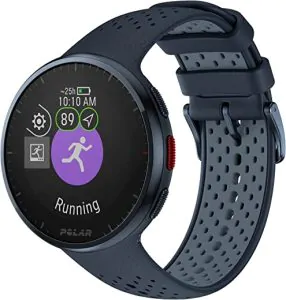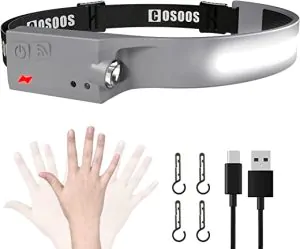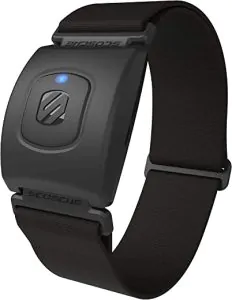In a measure long thought to be only possible in the realm of science fiction writers, researchers have developed a monitor that can be ingested and has the ability to relay information to an external device like a wearable bracelet. We were first introduced to this concept in Fantastic Voyage, a 1966 movie starring Stephen Boyd and Raquel Welch, in the movie, a miniaturized submarine was injected into a man to attempt to repair a brain clot. Now, decades later, the concept is finally a reality, although on a less grand scale.
After more than four years of development and testing by the United States Food and Drug Administration, the device, called an Ingestible Event Monitor, was created by Redwood City company Proteus Digital Health.
What is the Ingestible Event Monitor?
The Ingestible Event Monitor, aptly referred to as the SmartPill, is a digital chip no bigger than a grain of sand. The device contains two trace metals that, when coming into contact with digestive juices in the stomach, generate enough electricity to power the sensors. Also included in the SmartPill is a transmitter that can relay data to a bracelet, smartphone app or small patch worn on the skin.
This Ingestible Event Monitor is not meant to be swallowed by itself, however. Instead, it is designed to be attached to, or embedded in, a traditional pill before being swallowed. Once the pill is dissolved in the stomach the monitor kicks in and starts working. The SmartPill utilizes a waterproof adhesive and RFID (Radio Frequency Identification) chip created by Avery Dennison Medical Solution to transmit the data to a receiver, which can then be studied by a doctor.
What Does it Do?
The SmartPill can keep track of, and report, a number of different physical parameters like body temperature, heart rate and activity levels. While Proteus has plans to continue development, adding new functions such as the ability to monitor things like sleep patterns and calories burned, the current SmartPill is not quite there yet.
Aside from being able to monitor the body for common ailments and activity, the Ingestible Event Monitor can also keep track of medications (and presumably other drugs) that the patient is taking, including alerting the doctor to any possible discrepancies in the medication’s dosages. According to the Scripps Translational Science Institute, roughly half of all patients do not take their medications like they should, and the SmartPill is theoretically a solution to that problem.
Possible Uses
There are a number of benefits and possible uses for the Ingestible Event Monitor, all of which could make patient care, especially among the elderly, easier and more precise. The SmartPill could, for instance, be embedded in the patient’s medications in order to keep track of when each medicine was taken, and alert the patient, doctor or caregiver is a dose is missed.
The device could be especially useful for elderly patients who would like to remain independent, but who need a little help. In this case, the patient’s family can monitor, from a distance, the health and medication intake of their loved one, without closely interfering in his or her independence.
Controversy
Much controversy surrounds the use of this device, of course, and with good reason. Swallowing an electronic monitor brings to mind, for many, the idea of Big Brother watching over them, keeping tabs on their every move. Those people with an apocalyptic mindset claim that the ingestible monitor is the “mark of the beast†of biblical fame. But many simply call it what it is: a fantastic device that, until now, was only dreamed of.
